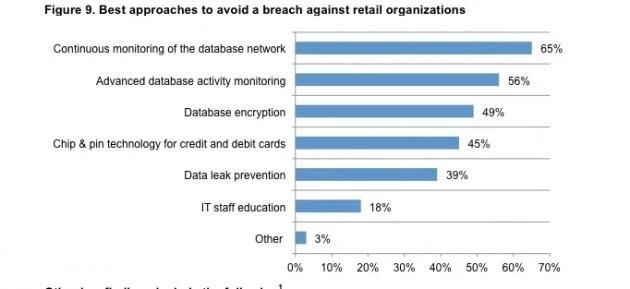Cyber Attack Number 10/15: Denial of Service (DoS) Attack
/One of the most common types of attacks, the intention of a hacker is to shut down a machine or network, with the intention of making the resource unavailable to the user(s).
Example: Hackers often target websites to overwhelm them with requests, and essentially cause them to crash. Some famous examples of successful DoS attacks were Hong Kong's Occupy Central, GitHub, CloudFlare, U.S. Banks.
In Australia alone, there are roughly 200-300 DoS attacks per day, or 8-13 per hour.
Risk Mitigation: There are measures you can put in place to not only reduce your risk, but also to recover if it does happen. These include but are not exclusive to:
- Develop a DoS response Plan for when it does happen
- Securing and maintaining your network infrastructure: some firewalls have inbuilt protection to common DoS attack methods
- Buy more bandwidth: a good reason to leverage the cloud
- Understand the warning signs: having detection/monitoring software in place
- DDos-as-a-service: there are 3rd party hosted protection services available.
- Having redundancy in place





